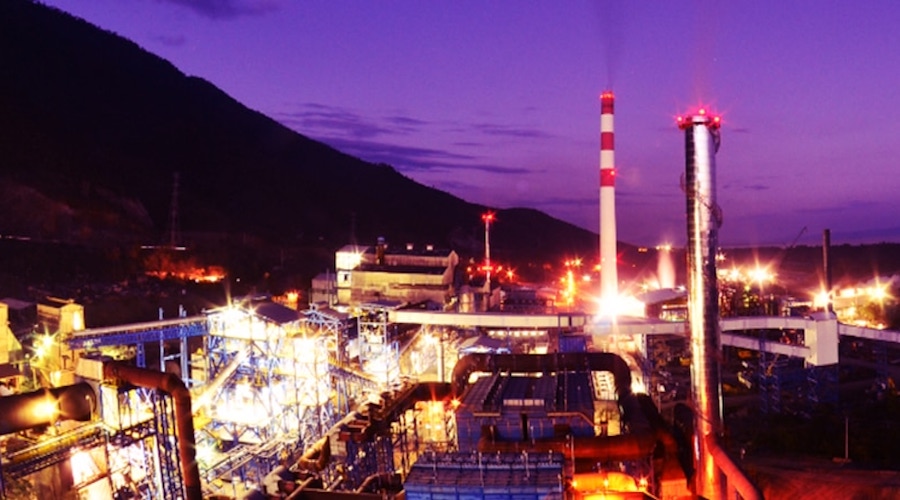
They also alleged water shortages and crop failures are linked to the project.
The Félix project includes mountaintop mining and ferronickel processing facilities near the shore of Lake Izabal, Guatemala’s biggest. The freshwater reservoir is an important breeding ground for wildlife and a source of fish for locals.
In the hills above Izabal, there are about 20 Mayan villages, some of which do not appear on official maps, within the 250,000 sq km area covered by the mining licence.
Guatemala declared a month-long, dawn-to-dusk curfew on October 24 in El Estor, the municipality where the nickel project is located, aimed at putting a stop to anti-mining protests related to Félix.
Confrontations
The Energy and Mines Ministry’s pre-consultation process that began in September excluded a group of local fishermen and Indigenous Q’eqchi from negotiations, which appeared to have sparked the upheaval.
They also said Solway Investment continued to mine despite the court’s order. The company denied those accusations, noting the project operates under two extractive licenses — Fenix and Montufar — issued to CGN. The Pronico processing plant is an independent legal entity, the company said, adding that works at Montufar have not been the subject of any legal dispute so they are not affected by the 2019 ruling.
The nation, Central America’s largest economy, shipped 123 million pounds of ferroalloys and ferronickel, mainly to China, in 2019, according to the World Bank.
Data from the same source shows that poverty grew to 47% from 45.6% in Guatemala in 2020. The country has the world’s fourth-highest rate of chronic malnutrition and the highest in the Caribbean. Indigenous and rural populations are especially affected.




